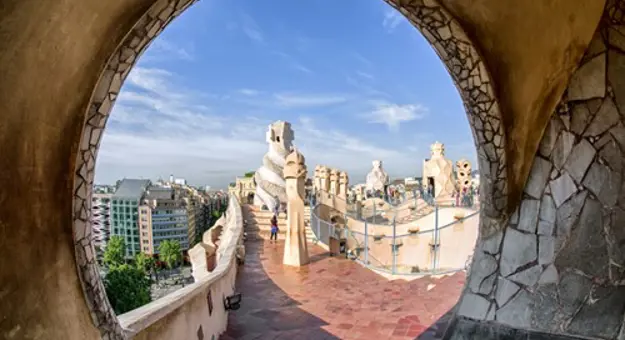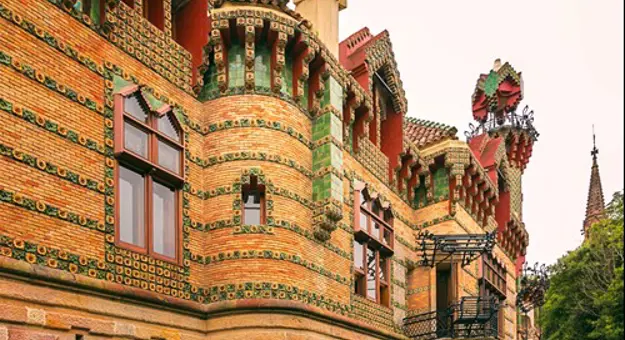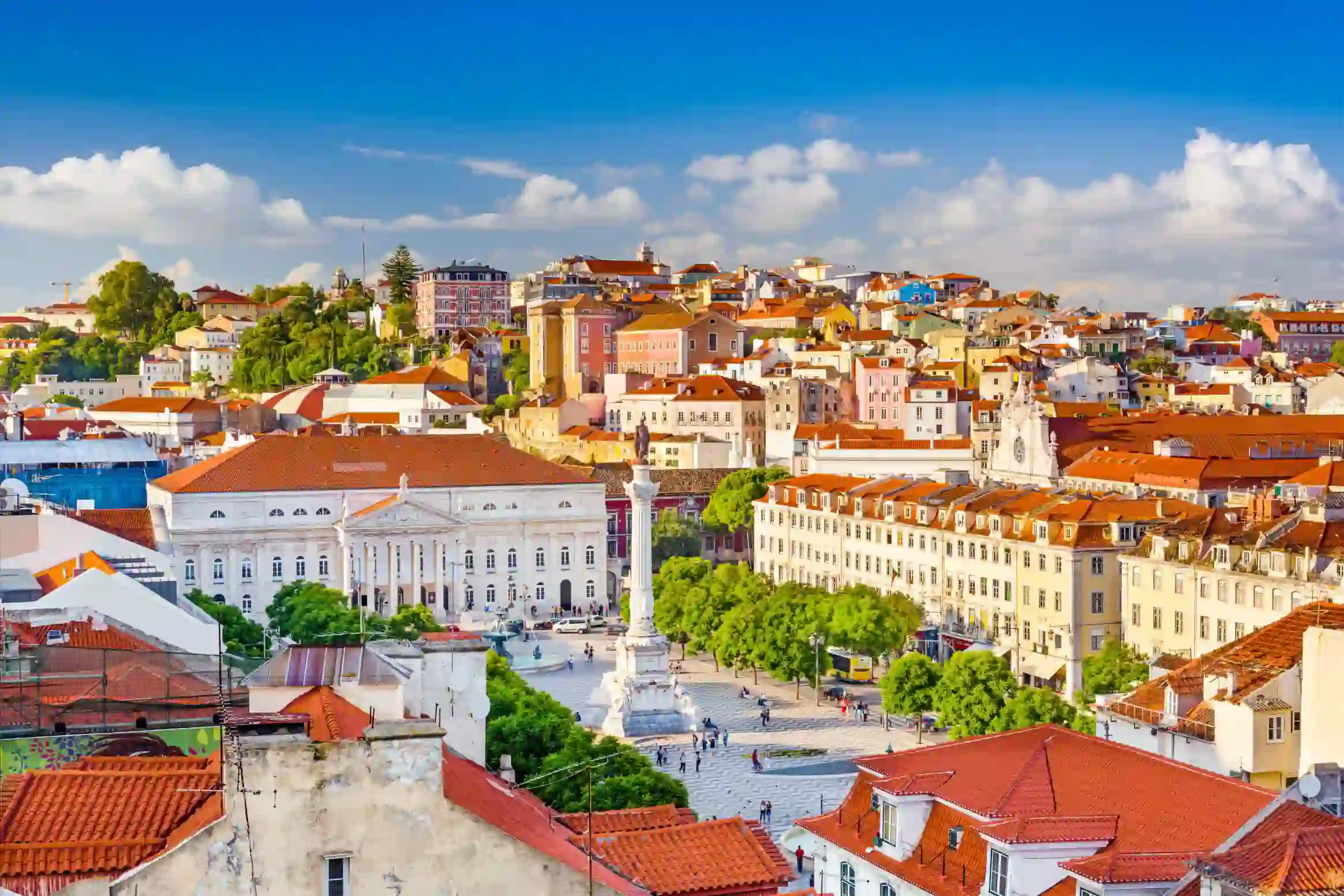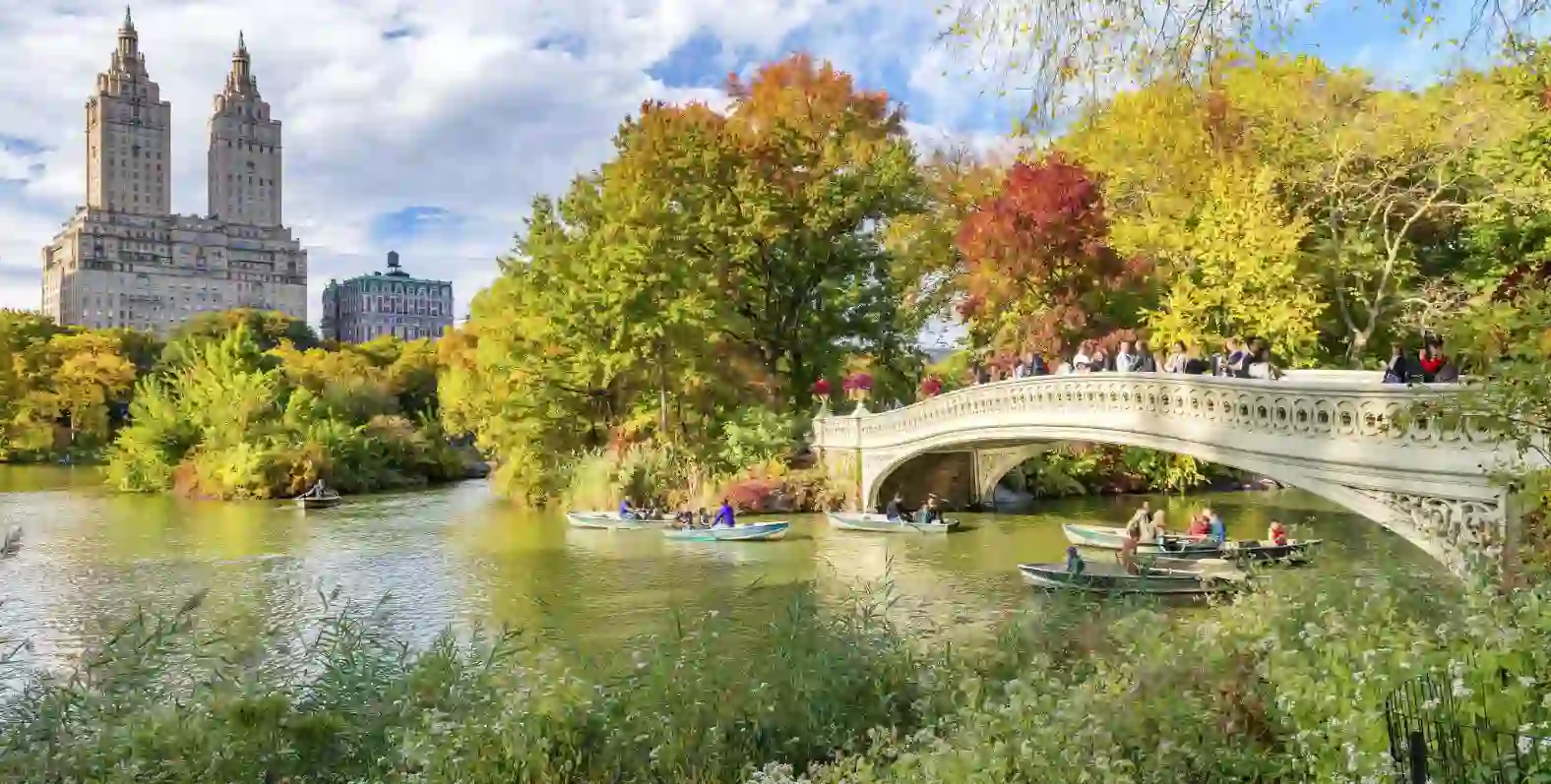
4 must-see Gaudí buildings in Spain
Very few architects are tethered to a single place the way Antoni Gaudí is with Barcelona. The Catalan architect left his distinctive mark on the city with La Sagrada Família, his Roman Catholic masterpiece. Commencing construction in 1882, Gaudí knew that the intricate building would never be finished in his lifetime.
While the church is undoubtedly a Barcelona icon, the most renowned exponent of Catalan Modernism is responsible for a number of different buildings in Spain. If you’re looking to discover them in person, here are four Gaudí buildings not to miss:

La Sagrada Família
La Sagrada Família has entered its final construction phase, with 2026 projected to be the expected year of completion. At 172.5 metres, it will be the tallest church in the world. Travellers heading to Barcelona know one thing for certain, La Sagrada Família is a must-visit.
When Gaudí passed away in 1926, La Sagrada Família was only between 15-25% complete. The most celebrated - and controversial - of his designs, the basilica has accumulated 36 million euros in debt. So, it makes sense to pay a visit to the building, you know, for all the trouble. Delayed construction and finances aside, La Sagrada Família is a work of art. An aesthetically-intriguing combination of intricate facades, arches, monumental spires, and stained glass installations, all coming together to tower over downtown Barcelona.
A fantastic way to explore the building is by joining a tour. With a skilled guide, you can better understand the stories and meaning behind the church’s most complex details, and make sense of its years of history. With Newmarket Holidays, some of La Sagrada Família tour highlights include: exploring Barcelona by taking the ‘Modernista’ route, beginning with the boulevards of the Eixample district, then marvelling at the Passeig de Gràcia and Gaudí’s striking Casa Milà, which contains a museum capturing his life and work. La Sagrada Família is the last, and most memorable, stop on the tour.

Casa Milà
As mentioned earlier, a tour of Gaudí’s Casa Milà, or ‘La Pedrera’, is a must-do on a trip to Spain. Completed between 1906 and 1912, the building was originally commissioned by Spanish businessman Pere Milà. He was looking for a beautiful home for himself and his wife.
At the time, the building wasn’t exactly well-received. Many locals deemed the architectural style to be too extravagant and unusual. Nonetheless, the building eventually gained UNESCO World Heritage Site recognition in 1984, cementing its status as a true cultural highlight of Spain. Casa Milà’s rough stone exterior led to the building being nicknamed La Pedrera, which means quarry. With a rolling, asymmetrical facade and expressive balconies built from an unusual fusion of scrap metal, iron plates, and chains, the front of the building is considered to be the most striking part of the building.
Yet many visitors tend to take an interest in the rooftop. The winding, almost frightening sculptures resemble medieval knights and fascinatingly double as chimneys and ventilation shafts.

El Capricho (or The Sunflower House)
Gaudí once said: ‘There are no straight lines or sharp corners in nature. Therefore, buildings must have no straight lines or sharp corners.’ Gaudí saw the natural world around him as perfect. From this, he drew plenty of inspiration. One of the most uplifting examples of his fascination with nature is El Capricho or The Sunflower House.
The summer villa can be found in Comillas, a small coastal town in the Cantabrian area of northern Spain. Built between the years 1883 and 1885, Gaudí was only 31 and relatively unknown when he was commissioned to design it.
A startling feature of the building is the facade, which has a near-constant presence of colourful ceramic tiles featuring sunflowers. The building also features an imposing, minaret-like tower, which can be spotted from great distances away.

The Casa Batlló
Situated on Barcelona's most prestigious boulevard, Passeig de Gràcia, lies a stunning townhouse designed by Gaudí. Built between the years of 1904 and 1906 using a mixture of iron, ceramics, wood, glass, and stone, Casa Batlló is commonly referred to as Casa dels Ossos, which translates to House of Bones.
There’s no mistaking it, the building is skeletal in its aesthetic, however, look closely and you will notice that the facade is decorated in 'trencadis', a local mosaic style comprising colourful, broken ceramic fragments. This truly adds a joyful touch to the building.
To ensure a harmonious flow of natural light throughout the interior of the townhouse, Gaudí extended the patio and also decorated the interior with a series of blue-toned tiles.
Discover our blog
From port to pastéis: A foodies’ guide to Portugal
Sink your teeth into Portugal’s finest culinary delights as you explore this enchanting Iberian destination bite by bite.
Our top six literary-inspired destinations to visit
Celebrate World Book Day by following in the footsteps of your favourite characters with a stop at one of these literary-inspired destinations.


